Last Call for More Plants: Divide and Move These 11 Perennials in Fall Before It Gets Too Cold
Fall is the perfect time to divide and transplant most perennials. Don't let it pass you by.
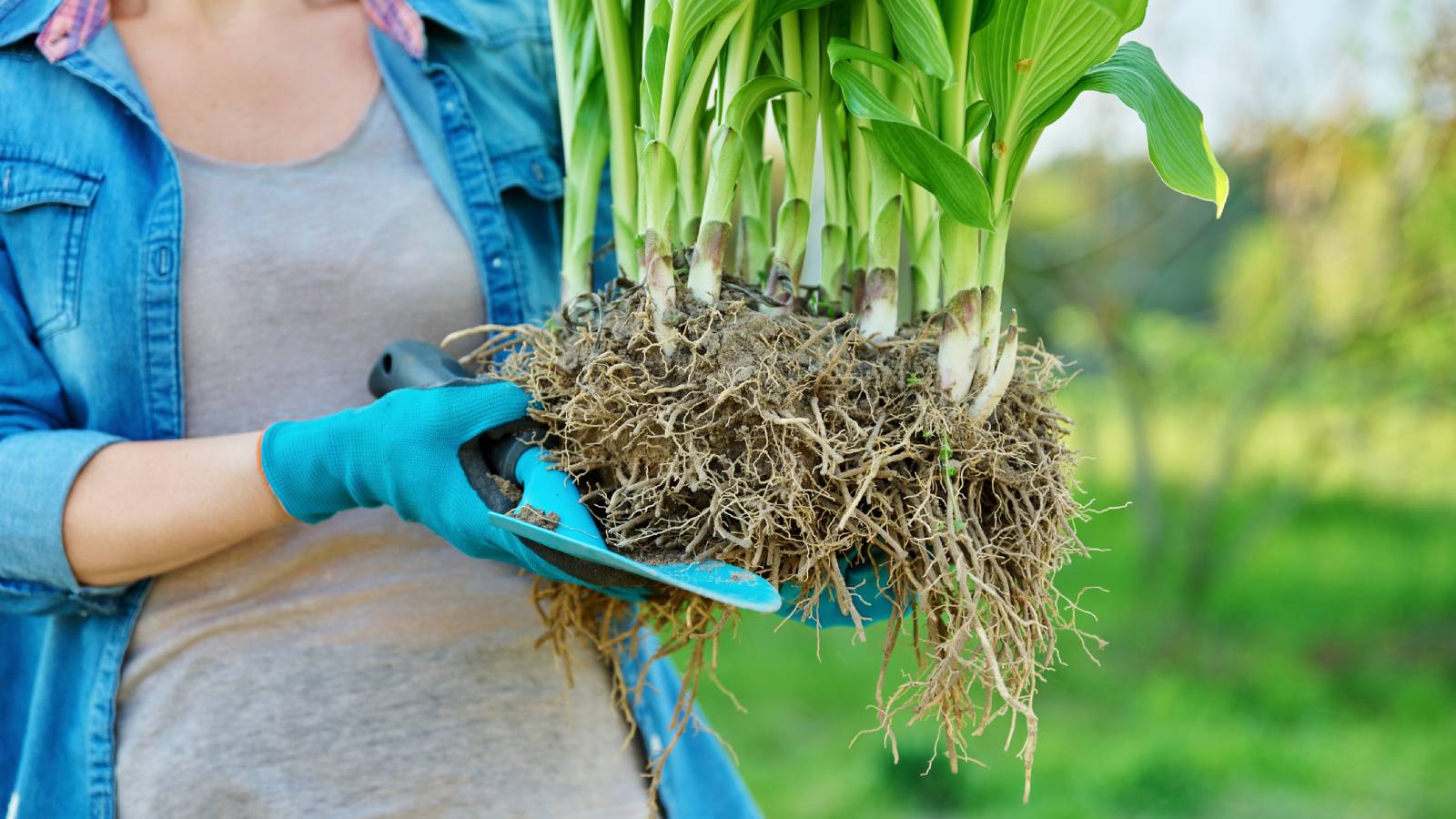

Perennials come back every year in your garden, which makes them relatively low maintenance. However, they do need dividing every once in a while. It’s important to understand which perennials to divide in fall before temperatures drop too low.
Perennial plants need dividing to ensure their roots have enough room to grow and take up nutrients. Dividing also helps manage the size and spread of plants and gives you more plants for additional garden areas. Here’s everything you need to know about plants to move before winter.
Why Divide and Transplant in Fall?
While many gardeners choose to divide perennials in the spring, fall is also a great time for this chore. The temperatures are cooler and dropping, which puts less stress on the roots that are being disturbed and cut.
If you don’t wait too long in fall, the soil will still be warm, which the roots also need to get established. Fall is often rainy, which will provide your new transplants with plenty of water to grow and get comfortable before winter. With the right timing, transplanted divisions will have enough time and good weather conditions to establish a good foundation for the following year.
The Best Plants to Divide and Move Before Winter
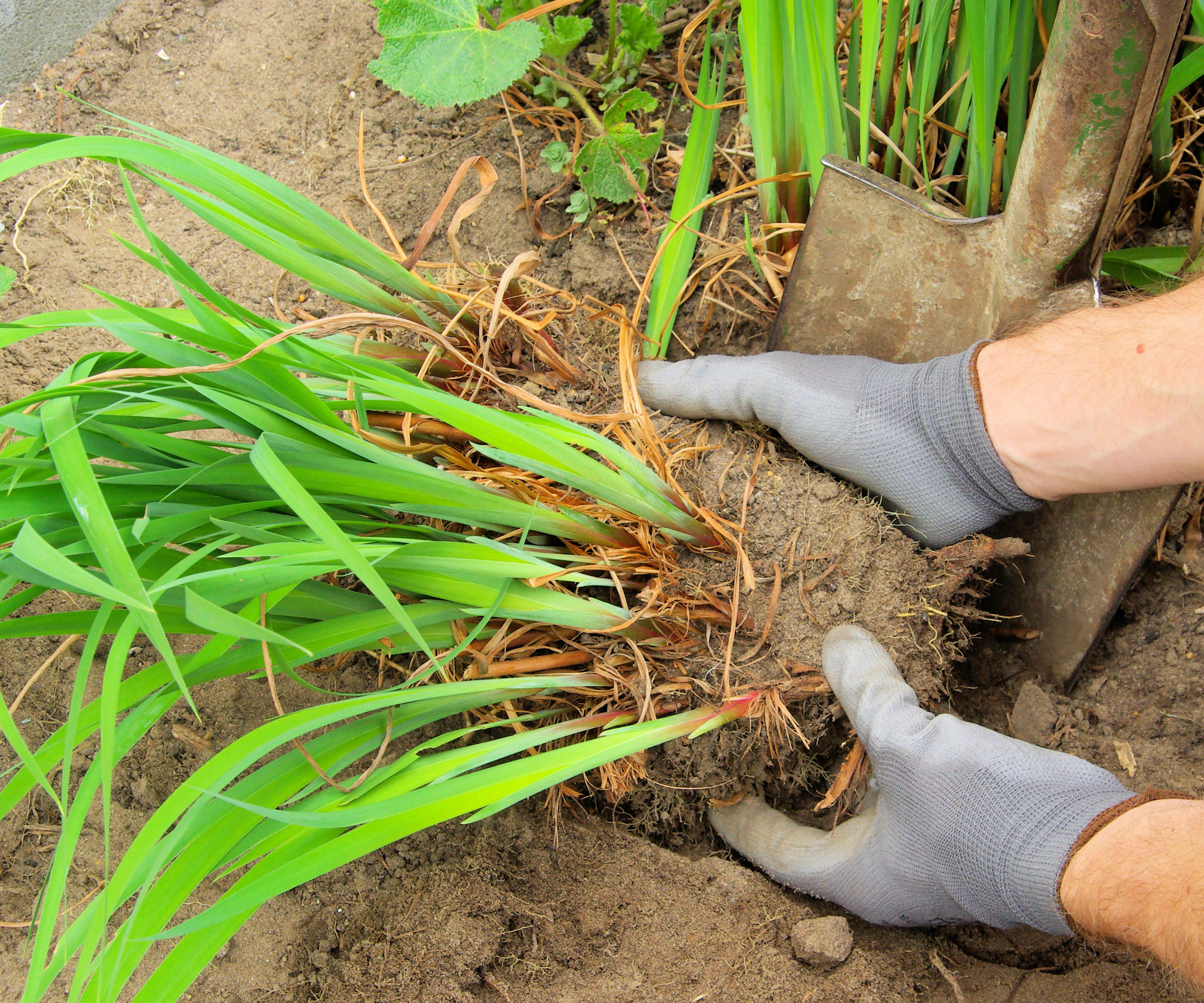
Perennials perform best when divided regularly, and fall can be a great time to do it, but now you need to know what to divide this time of year. For instance, can you divide hostas in the fall? How about dividing daylilies in fall? Or mums or peonies? Here’s a cheat sheet for perennials that can safely be divided just before winter:
- Astilbe
- Black-eyed Susans
- Coneflowers
- Coreopsis
- Daylilies
- Grasses
- Hostas
- Irises
- Oriental poppy
- Phlox
- Salvia
And a quick note about what not to divide now: fall-flowering plants. For example, it’s best to leave mums and asters alone until spring. Plants in flower are putting energy into blooms. They should be divided when they can put that energy into root and leaf growth.
Also avoid dividing woody plants. Only divide peonies if you really need to. They can be divided in the fall but generally don’t take well to being uprooted and moved.
Sign up for the Gardening Know How newsletter today and receive a free copy of our e-book "How to Grow Delicious Tomatoes".
How to Divide Perennials
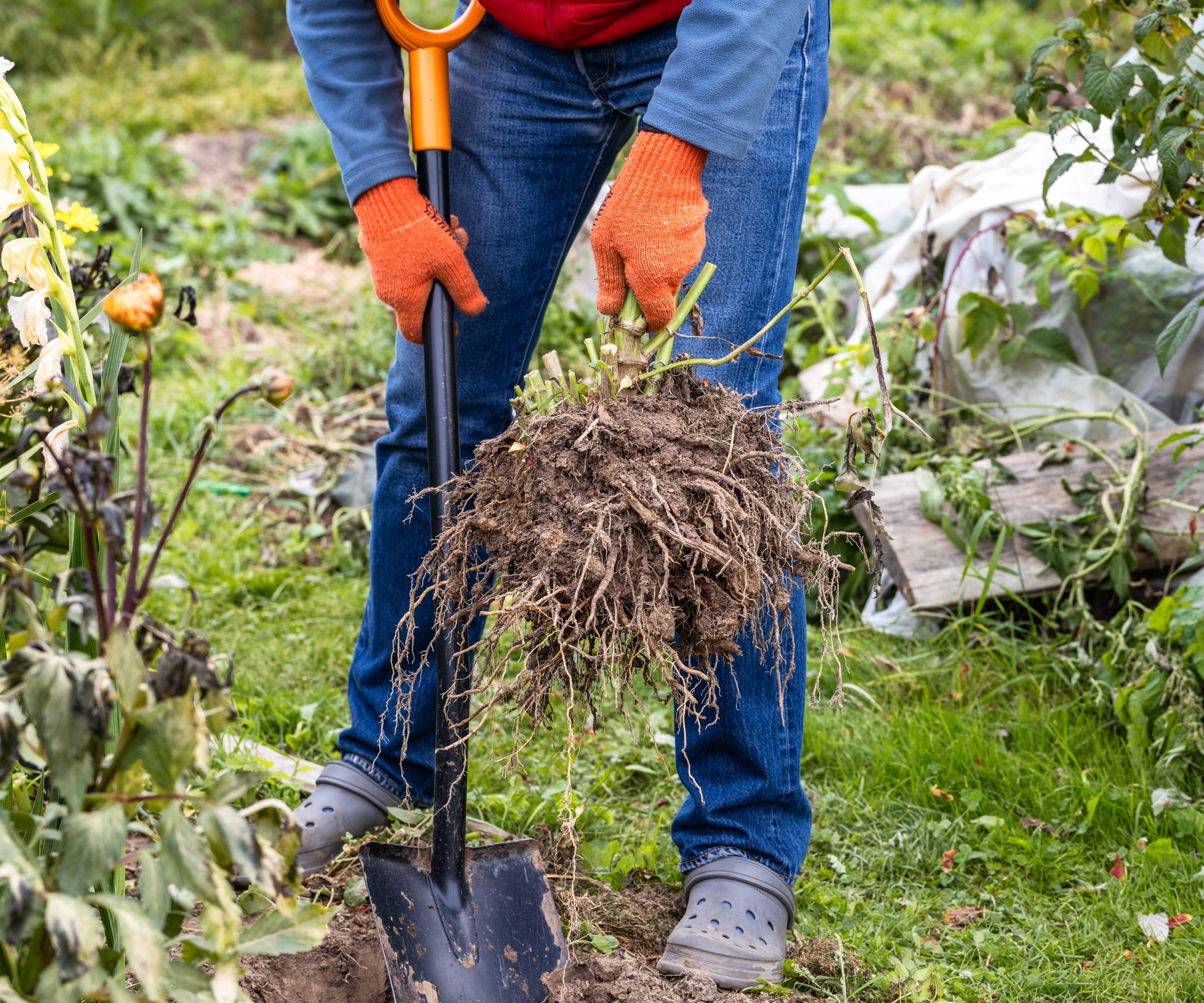
Dividing plants is relatively easy, but it might require a little muscle if your plants are big or have extensive roots. Start by planning this chore for a cloudy day with cool temperatures. Moving plants on a hot day that is too dry will cause them unnecessary stress.
- If there's no rain in the forecast, water your plants the day before dividing them. If it's been raining and the soil is moist, skip this step.
- Use a garden fork or, ideally, a sharp transplanting shovel, like this Vnimti transplanting spade on Amazon, to dig up the parent plant. Work carefully and slowly to avoid causing the roots any unnecessary damage.
- Gently remove dirt from the roots. They don’t need to be clean, but you should be able to see the roots to divide them.
- Separate the plant into smaller divisions by gently pulling apart roots or cutting them with a sharp garden tool like Perwin's highly rated hori hori knife, available on Amazon.
- Make sure each division has three to five healthy shoots and a good clump of vigorous roots.
- Keep each division in the shade and moist until you’re ready to replant them in another location. Replant them as soon as possible.
If you’re not planning to keep your divisions, you can compost them. Or, share them with friends and neighbors.
Timing Tip – Don't Wait Too Long
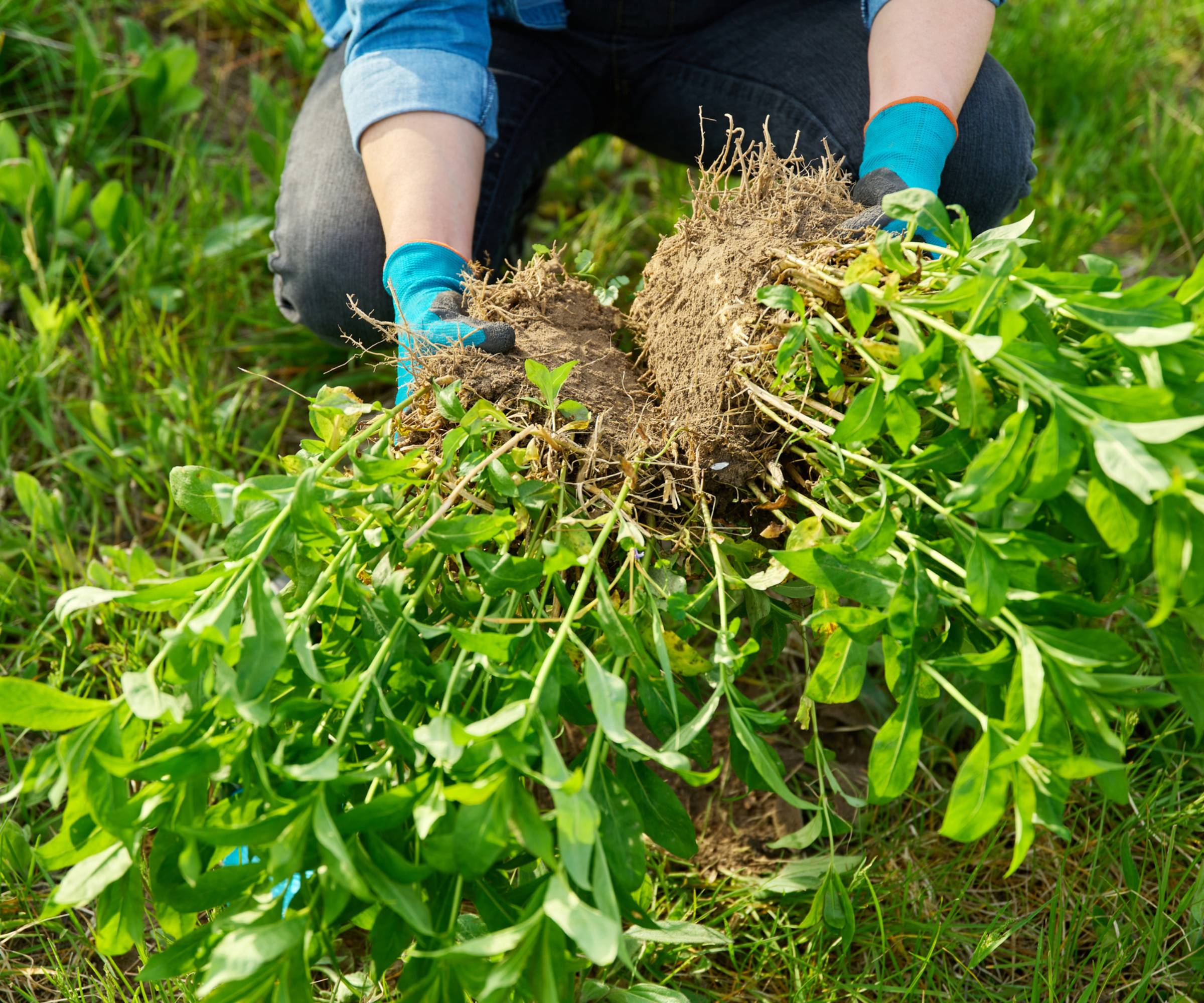
Timing is critical with fall divisions. The best time to do this chore is four to six weeks before your area’s first hard frost. Check the average first frost date to get an idea of when this might occur. Depending on where you live and garden, the fall transplanting window is between late August and early October.
Be aware that the leaves may begin to wilt this time of year, but you can still divide and transplant. What’s most important is that the roots are healthy and vigorous.
Aftercare for Successful Transplants
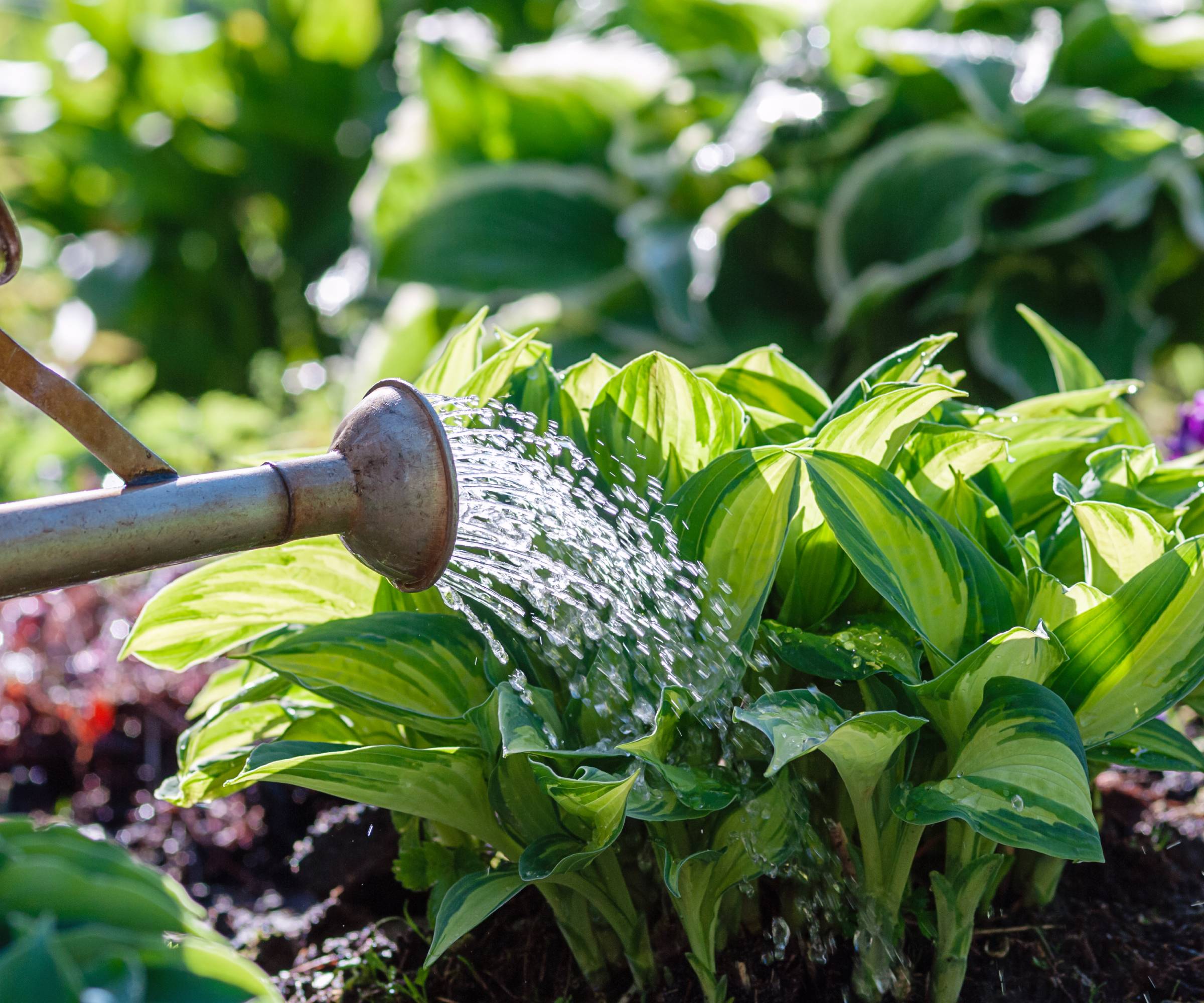
Care for your divisions after transplanting is vital to their successful growth next year. Water them well right after replanting and continue to water regularly if it isn’t raining. Keep watering until you start getting regular frosts.
You can add a light layer of mulch to protect the roots from cold temperatures, but don’t fertilize plants now. This will only stimulate growth that can be damaged in winter. Wait until spring to feed them.
Common Mistakes to Avoid
Dividing plants is easy once you get the hang of it. Avoid some common mistakes for the best results:
- Don’t divide when the weather is very hot and dry or very cold. This will only stress the transplants.
- Avoid damaging your plants' roots unnecessarily with dull tools. If you’ll be cutting roots, use a sharp tool.
- Don’t replant at depths that are too deep or too shallow. Plant transplants to the same depth the were before you divided them from the parent plants.
- Avoid stressing or even killing your transplants with too little water. They’ll need plenty of water leading into winter.
You can divide most perennials in spring, but fall is a good time to do this chore, too. Save yourself some time in spring and get a head start now with fall divisions and transplants.

Mary Ellen Ellis has been gardening for over 20 years. With degrees in Chemistry and Biology, Mary Ellen's specialties are flowers, native plants, and herbs.